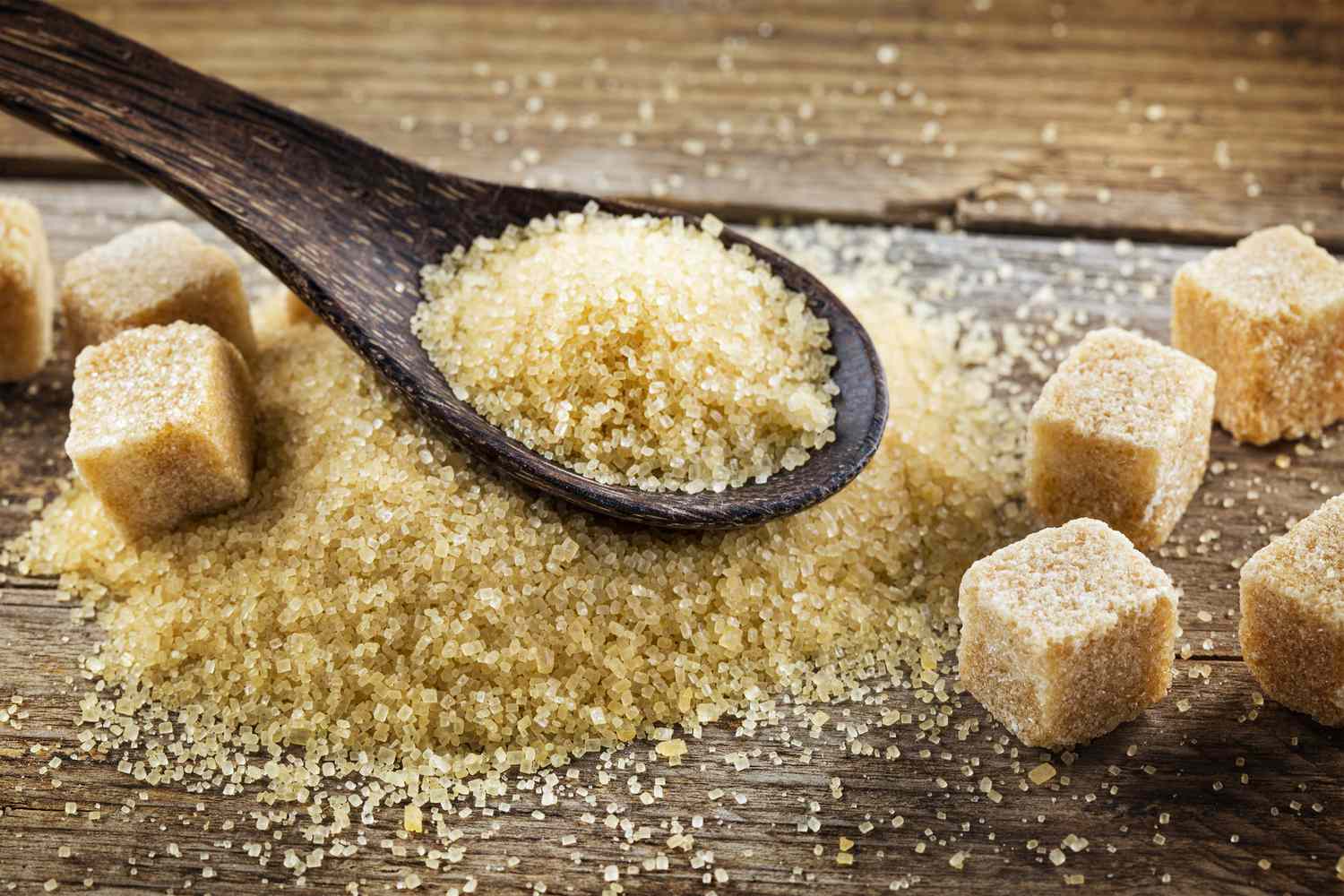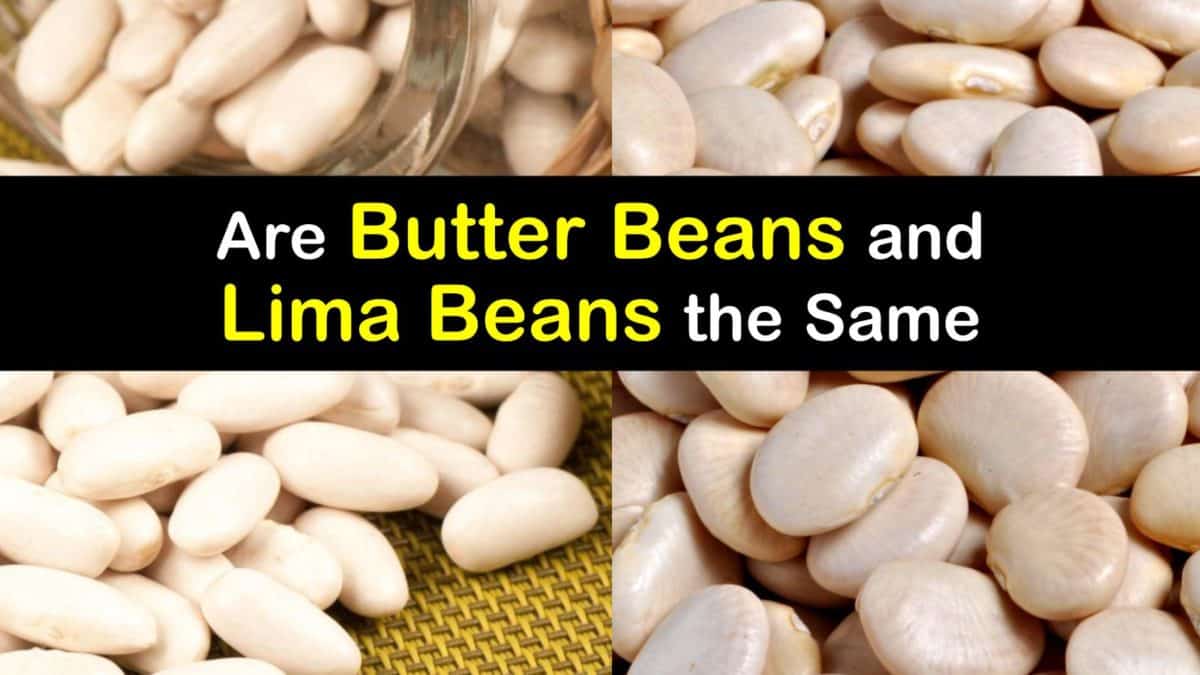From the sun-kissed fields of the tropics to your kitchen pantry, demerara sugar whispers tales of exotic lands and centuries-old traditions. Its golden hues and rich flavor profile make it a beloved ingredient in kitchens around the world. In this comprehensive guide, we delve into the fascinating world of demerara sugar, exploring its origins, culinary uses, health benefits, and much more.
Introduction
Definition of Demerara Sugar:
Demerara sugar, named after the Demerara River in Guyana, is a type of partially refined sugar with large, crunchy crystals and a subtle molasses flavor. It’s renowned for its amber color and delicate caramel notes, which add depth and complexity to both sweet and savory dishes.
Brief History and Origins:
The story of demerara sugar begins in the fertile soils of South America, where sugarcane cultivation flourished during the colonial era. Originally produced in the colony of Demerara (now part of Guyana), this sugar gained popularity for its unique taste and versatility. Today, demerara sugar is produced in various regions, but its heritage remains deeply rooted in the Caribbean.
The Making of Demerara Sugar
Cultivation of Sugarcane:
The journey of demerara sugar starts in sugarcane fields, where this tall, tropical grass thrives in warm climates with ample rainfall. Ideal growing conditions include temperatures between 20°C to 30°C and well-drained soil rich in organic matter. Sugarcane is harvested when fully mature, typically after 12 to 18 months of growth.
Extraction Process:
Once harvested, sugarcane undergoes a series of steps to extract its sweet juices. The cane is crushed to extract the juice, which is then filtered and heated to evaporate excess water. Through a process of boiling and crystallization, the sugar molecules form large, golden-brown crystals characteristic of demerara sugar.
Distinctive Characteristics of Demerara Sugar:
What sets demerara sugar apart is its unique texture and flavor profile. Unlike refined white sugar, demerara sugar retains some of the natural molasses content from the sugarcane, giving it a subtle caramel flavor. Its large, crunchy crystals add texture and visual appeal to baked goods and beverages.
Demerara Sugar Varieties
Light Demerara Sugar:
Light demerara sugar, also known as golden demerara, is the less processed variety with a lighter color and milder flavor. It’s ideal for delicate desserts like shortbread cookies and fruit pies, where its subtle sweetness enhances without overpowering other flavors.
Dark Demerara Sugar:
Dark demerara sugar, sometimes called brown demerara, undergoes a longer cooking process, resulting in a deeper color and richer flavor profile. Its robust caramel notes make it perfect for bold desserts like gingerbread, chocolate chip cookies, and sticky toffee pudding.
Differences Between Demerara and Other Sugars:
While demerara sugar shares similarities with brown sugar, muscovado, and turbinado, each has its own distinct characteristics. Brown sugar contains more molasses than demerara sugar, resulting in a darker color and stronger flavor. Muscovado sugar is even darker and stickier, with a more pronounced molasses taste. Turbinado sugar, often marketed as “raw” sugar, is less refined than demerara sugar, with a slightly lighter color and more subtle flavor.
Culinary Uses of Demerara Sugar
Baking with Demerara Sugar:
One of the most popular uses for demerara sugar is in baking, where its distinctive flavor and texture can elevate a wide range of sweet treats. From classic chocolate chip cookies to decadent crème brûlée, demerara sugar adds depth and complexity to baked goods. Its crunchy crystals create a delightful contrast, especially in toppings and crusts.
Sweetening Beverages:
Beyond baking, demerara sugar is prized for its ability to sweeten beverages with a hint of caramel goodness. Whether stirred into your morning coffee or muddled in a cocktail, demerara sugar enhances the flavor profile without overwhelming the drink. It’s a favorite among mixologists for crafting artisanal cocktails with a touch of old-world charm.
Incorporating Demerara Sugar in Savory Dishes:
While demerara sugar is often associated with desserts, its versatility extends to savory dishes as well. From tangy barbecue sauces to savory glazes for roasted meats, demerara sugar adds depth and complexity to savory recipes. Its subtle sweetness balances out savory flavors, creating a harmonious blend of tastes.
Health and Nutritional Aspects
Nutritional Profile of Demerara Sugar:
While demerara sugar contains the same basic nutrients as white sugar—mainly carbohydrates—it also retains some minerals from the sugarcane, including small amounts of calcium, potassium, and iron. However, it’s important to note that these nutrients are present in minimal quantities and should not be relied upon as significant sources in the diet.
Impact on Blood Sugar Levels:
Like all sugars, demerara sugar can raise blood sugar levels when consumed in excess. However, its lower glycemic index compared to refined white sugar means it may cause a slower, more gradual increase in blood sugar levels, potentially reducing the risk of insulin spikes and crashes.
Moderation and Alternatives:
While demerara sugar can be enjoyed in moderation as part of a balanced diet, it’s essential to be mindful of overall sugar intake. For those looking to reduce their sugar consumption, there are several alternatives to demerara sugar, including natural sweeteners like honey, maple syrup, and stevia. These alternatives offer different flavor profiles and may have additional health benefits.
Cultural Significance and Traditions
Historical Role in Caribbean Cuisine:
In the Caribbean, demerara sugar holds a special place in culinary traditions, dating back to the colonial era. It’s a key ingredient in many traditional dishes and desserts, where its rich flavor adds depth and complexity. From rum-soaked cakes to coconut candies, demerara sugar is woven into the fabric of Caribbean cuisine.
Cultural Rituals and Festivities:
Beyond its culinary uses, demerara sugar plays a role in cultural rituals and festivities throughout the Caribbean. From weddings and religious ceremonies to harvest festivals and street fairs, demerara sugar is often used to sweeten symbolic dishes and beverages. Its presence symbolizes abundance, prosperity, and the sweetness of life.
Sustainable Production Practices
Environmental Impact of Sugarcane Cultivation:
Like all agricultural commodities, sugarcane cultivation can have environmental consequences, including deforestation, habitat loss, and water pollution. To mitigate these impacts, many sugar producers are adopting sustainable farming practices, such as crop rotation, soil conservation, and organic farming methods.
Ethical Sourcing and Fair Trade Initiatives:
In addition to environmental considerations, there are also social and economic aspects to consider in sugar production. Fair trade initiatives aim to ensure that sugarcane farmers receive fair wages and working conditions, while also promoting environmental sustainability and community development. By supporting fair trade demerara sugar, consumers can make a positive impact on the lives of sugar producers and their communities.














